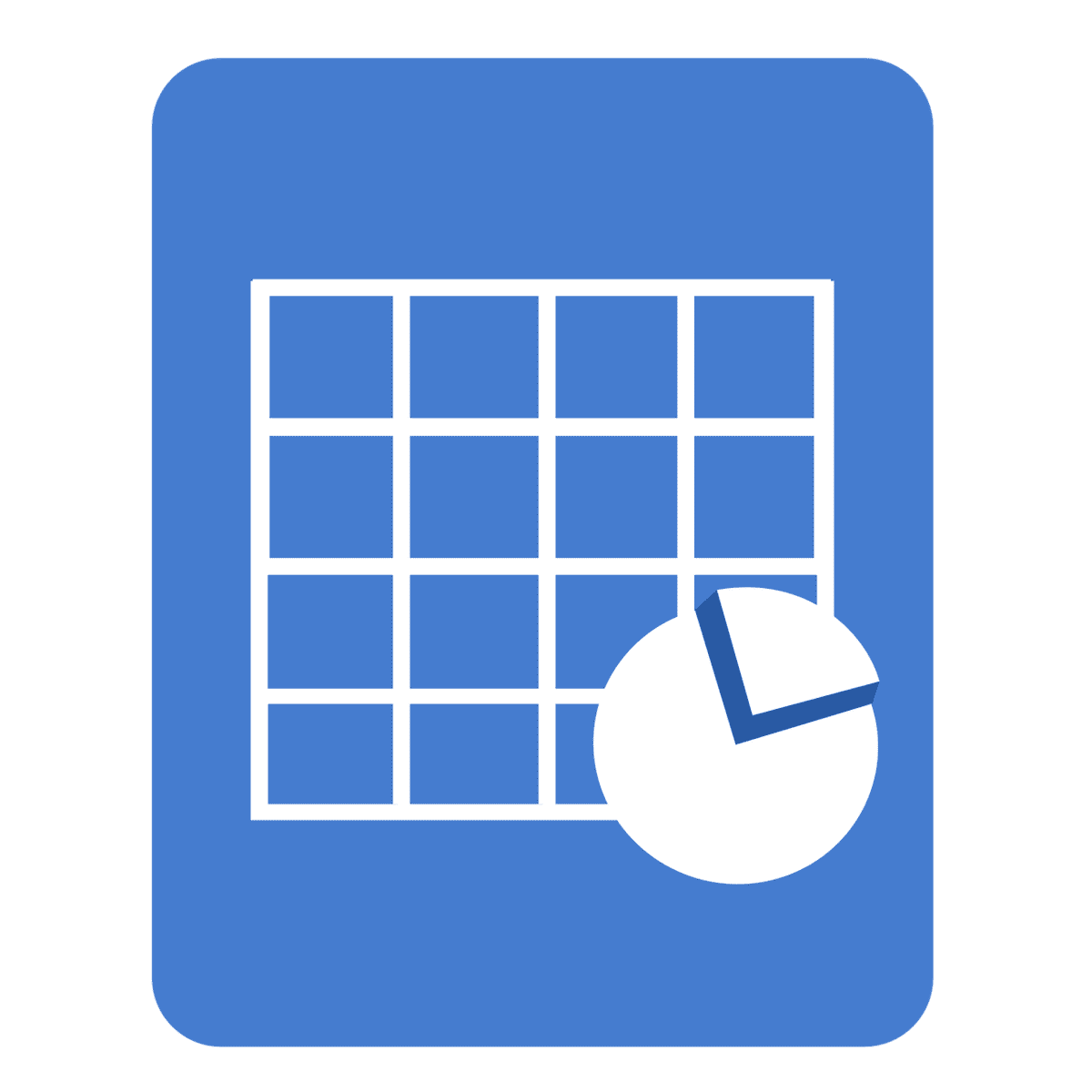How to Excel Sheet: Your Comprehensive Guide to Mastering Microsoft Excel
Estimated reading time: 8 minutes
- Understand key concepts
- Learn how to create and manage Excel sheets
- Utilize formulas and calculations effectively
- Create visual representations of data
- Access valuable resources for further learning
Table of Contents
- Understanding the Basics of Excel
- Creating a New Excel Sheet
- Entering Data into Excel
- Formatting Cells for Clarity
- Utilizing Formulas and Calculations
- Creating Charts for Data Visualization
- Tips for Effective Use of Excel
- Resources for Learning and Improvement
- Conclusion: Take Your Excel Skills to the Next Level
- FAQ Section
Understanding the Basics of Excel
Before diving into the nitty-gritty, it’s essential to grasp some foundational concepts related to Microsoft Excel.
Key Concepts
- Workbook: A workbook is the primary file format in Excel. It can hold multiple sheets, allowing users to segregate data across various sections and themes.
- Sheets: Frequently referred to as spreadsheets, these are individual pages within a workbook where you can input, analyze, and manipulate data.
- Cells: Cells are the core units of data entry in Excel, identified by their location in rows and columns (for example, cell A1 is located at the intersection of the first row and first column).
Creating a New Excel Sheet
Step-by-Step Guide
Creating a new Excel sheet is straightforward. Follow these steps to kickstart your journey:
- Open Excel: Launch Microsoft Excel on your computer.
- Create a New Workbook:
- Click on File and select New.
- Choose Blank workbook. For detailed guidance, you can refer to Microsoft’s official page.
- Add a New Sheet:
- Right-click on any existing tab at the bottom (such as “Sheet1”) and select Insert Sheet.
- Alternatively, click the “+” button next to the existing tabs to directly create a new sheet.
Entering Data into Excel
Adding Content
Now that you have a blank sheet, let’s input some data:
- Select a Cell: Click on any cell where you want to enter data.
- Input Data: Type in your data, which can be numbers, text, or even formulas.
- Navigate Cells: Use the arrow keys on your keyboard or click to move between different cells.
Formatting Cells for Clarity
To enhance readability and presentation, formatting is vital. Here’s how to do it:
- Format Text and Numbers:
- Use features found in the Home ribbon to adjust font size, colors, styles, and alignment.
- Apply Cell Styles:
- Take advantage of predefined styles for quick and uniform formatting.
- Adjust Row and Column Size:
- Drag the borders of rows and columns to modify their height and width for better visualization.
Utilizing Formulas and Calculations
Getting Started with Formulas
One of Excel’s most powerful features is its ability to perform calculations through formulas. Here’s how to use them effectively:
- Basic Formulas:
- Employ essential functions such as SUM, AVERAGE, MAX, MIN, and COUNT for data analysis.
- For instance, to sum values in a range, you would type
=SUM(A1:A5).
- AutoFill Patterns:
- Use the fill handle (the small square at the bottom-right corner of a selected cell) to extend series or patterns into adjacent cells.
Creating Charts for Data Visualization
Charts can make your data more understandable. Follow these quick steps to create them:
- Select Your Data: Highlight the range of cells containing the data you wish to visualize.
- Insert a Chart: Navigate to the Insert ribbon and select the chart type you want, such as a pie chart, bar graph, or line chart.
Tips for Effective Use of Excel
Here are some practical tips to enhance your Excel experience:
- Organize Data: Use different sheets for varying types of data or projects to keep information easily accessible.
- Utilize Formulas: Maximize Excel’s capabilities by automating calculations with formulas.
- Prioritize Formatting: Improve overall readability and understanding by smartly formatting your data.
- Data Analysis Tools: Leverage Excel’s built-in tools for sorting and filtering data to make analysis a breeze.
Resources for Learning and Improvement
If you want to boost your Excel skills further, here are some resources you can explore:
- Microsoft Support: Offers detailed tutorials and guides for both beginners and advanced users. Visit Excel Support for more information.
- YouTube Tutorials: Many tutorials range from basic skills to advanced functionalities. Here are a few you might find helpful:
Conclusion: Take Your Excel Skills to the Next Level
Mastering the fundamentals of creating and managing Excel sheets sets you on a path toward data fluency. By understanding how to navigate workbooks, input and format data, use formulas, and create visual representations, you position yourself as a proficient Excel user. Whether you’re looking to analyze business data, track personal finances, or contribute to team projects, these skills are invaluable.
If you’re eager to dive deeper into the world of Microsoft Excel, be sure to explore more of our resources available on the Excel Foundations website. Our comprehensive guides and expert tips are designed to help you enhance your skills further.
FAQ Section
- What is a workbook in Excel?: A workbook is the primary file format in Excel that can hold multiple sheets.
- How do I create a new sheet?: You can right-click on an existing tab and select “Insert Sheet” or click the “+” button next to existing tabs.
- What are some basic formulas in Excel?: Common formulas include SUM, AVERAGE, MAX, MIN, and COUNT.
Disclaimer: The information provided in this article is for educational purposes only and should not be considered as professional advice. Always consult a qualified expert before implementing strategies or making decisions based on the content introduced.
By incorporating this knowledge into your daily tasks, you’ll not only become adept at handling Excel sheets but also gain the confidence needed to tackle more complex data challenges. Happy Excelling!
